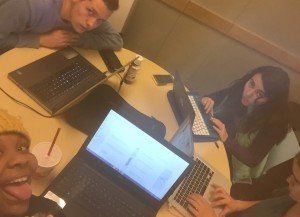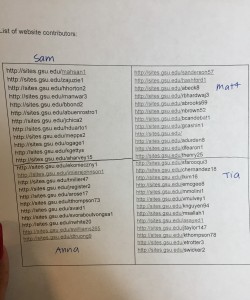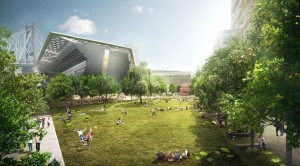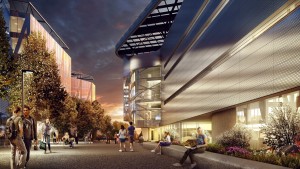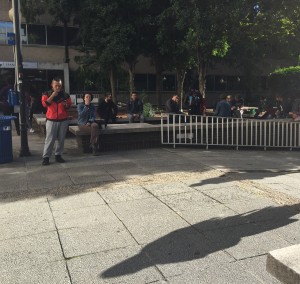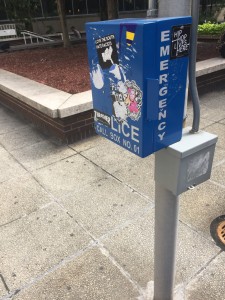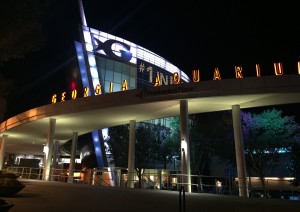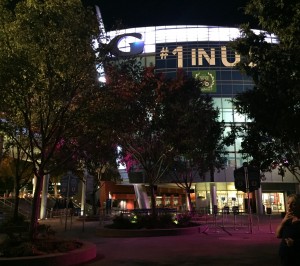I loved working with my group. Everybody had wonderful ideas and we in cooperated every idea in our website. We first stared out by establishing our audience. Who we really were showcasing our website to. After weeks of editing and composing we came to the conclusion that our audience will be students/millenniums.
Being behind a website takes a lot of work. Creating this website has helped me in the “technical area”. I feel like I have evolved a little in technology. We learned the different affordances and constraints of the different themes. Although Divi had many affordances on the back end we couldn’t see some of the settings on the front end. So we decided to go to the Gridster-Lite because we could see the changes on the back end and the front. Through the editing (global and local changes to the blogs ) and composing was a real learning experience. I felt like i was a teacher. While I was editing, I was looking for thick description and multi-modality.
I have always loved this idea. It has also taught me how a scholarly blog should look like.I feel like the linguistic text through blog sites is really bringing something new to today’s age.
I would highly recommend the work for future editors. You get change to work with different people and hear their different opinions, you also get a chance to view others work and possibly make suggestions. I’m so glad I got this opportunity!!!
